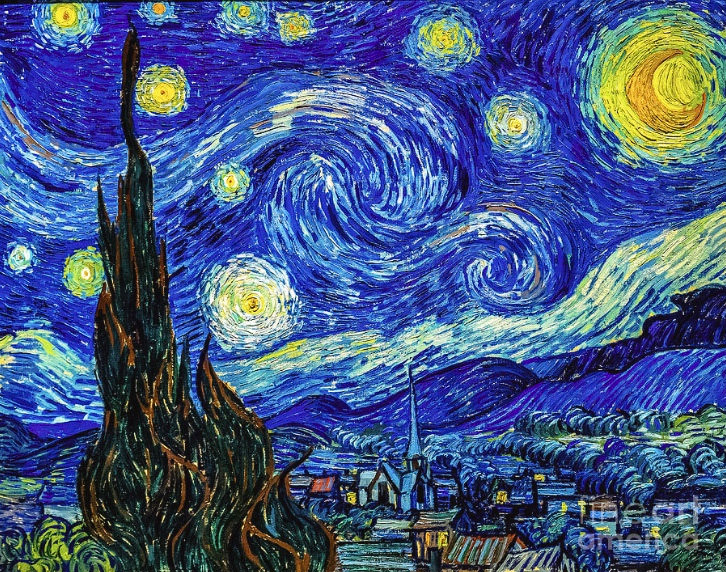

This path leads to the Monastery of Saint Paul de Mausole, a psychiatric institution (that is still operating as such today), where Van Gogh self-interned himself right after a heated discussion with Gaugin in which the artist, victim of a psychotic attack ended up cutting his ear, and almost killed his friend.
Interestingly enough, after the altercation, Van Gogh did not remember anything, but the traces of what happened were visible: a lost friendship and a missing piece on his ear.
So he asked to be treated at Saint Paul, a unique and peaceful place. I would never have imagined it to be so beautiful. No wonder he was able to create hundreds of works, among them ‘Starry Night ’and ‘Vincent’s Room in Arles’ in between treatments.
From his room he had a spectacular view to fields of lavender and wheat; sunflowers and sunlight. He spent there a year of his life.
Being there made me think about mental health and how there’s such a thin line between being a “mentally stable” person to being mentally unstable: from brain connections that don’t work properly, to family history, or a sense of misunderstanding of the world and why we are here.
And it’s often hard to make sense regarding the world the way we live now, so disconnected from each other and from a sense of purpose. The simple act of living is nothing more than a constant search to understand something that we know we will never understand. And for an artist, who sees with his heart rather than with his eyes, this adds vulnerability to the equation.

And yet Van Gogh faced his crisis and underwent treatments that at that time were hard to bear, to make things better. And he fought for himself. Contrary to what most people think, he did not commit suicide. You just have to see the posthumous references to the way he died. He was killed. There was no trace of gunpowder in his hands, which was impossible for someone who used a weapon at the time. He would have had to do it with his left hand, and he wasn’t left-handed. And more than that, he was at a good time in his life: things were starting to work out for him. Plus, for someone who wrote constantly, not leaving at least one note to his brother, doesn’t make sense.
But the world believes he committed suicide. Perhaps that contributes to his legacy: to the value of his art set by the final sacrifice in the face of existential misunderstanding. The act of letting go and surrendering to oneself.
Yet, this particular story is important to me. I come from a family where there have been many cases of depression. Some have ended in suicide. And in curious ways, Van Gogh has been woven into some of these stories.
It makes a difference for me to be here and to understand that his life did not necessarily end the way we were told. It makes a difference to know that through his art he found the refuge he was looking for so keenly.

© Journey of a Braid. All rights reserved. Privacy Policy | Terms of Use